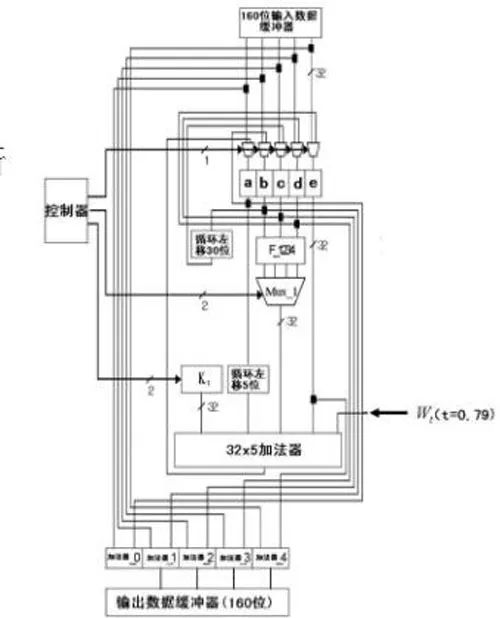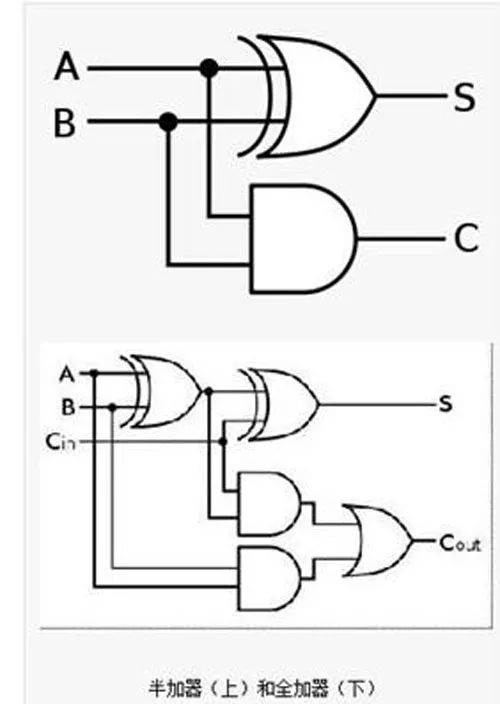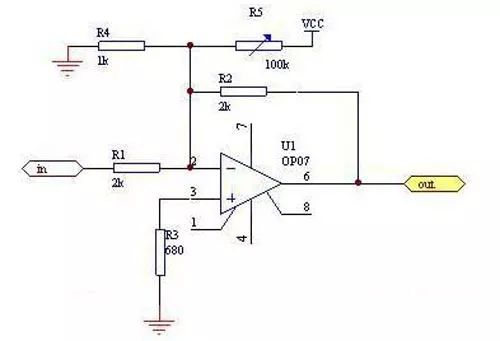An adder is a digital circuit designed to perform addition. It takes two or more numbers as inputs and produces their sum along with a carry, if applicable. In the case of a full adder, it has three inputs: two addends and a carry-in from the previous bit, and two outputs: the sum and a carry-out for the next bit. This component is fundamental in computer arithmetic logic units (ALUs), where it helps execute logical operations, shifts, and instruction calls.

For a 1-bit binary addition, there are five key variables: the first addend (A), the second addend (B), the carry-in (CIN) from the previous bit, the sum (S) of the current bit, and the carry-out (COUT) that moves to the next higher bit. The first three are inputs, while the last two are outputs. All of these are single bits, making the operation simple yet essential for larger calculations.
When dealing with 32-bit binary addition, the same principles apply but on a larger scale. There are three main inputs: two 32-bit numbers (A and B), and a 1-bit carry-in (CIN). The outputs include a 32-bit sum (S) and a 1-bit carry-out (COUT). To compute this, you can use multiple 1-bit adders connected sequentially, forming what's known as a ripple-carry adder.
However, the ripple-carry approach has a major drawback: each bit depends on the carry from the previous one, creating a delay that increases linearly with the number of bits. For a 32-bit addition, this means the calculation must wait for all previous bits to be processed before proceeding, which significantly slows down the process.
To improve performance, parallel processing techniques like the carry-lookahead adder are used. These methods calculate carries ahead of time, reducing the overall delay and allowing faster computation of large binary numbers.
There are two basic types of adders: the half adder and the full adder. A half adder has two inputs and two outputs, producing the sum and carry of two bits. It cannot handle carry-in from a previous stage. On the other hand, a full adder includes a third input for the carry-in, enabling it to handle more complex additions by combining two half adders.
The full adder is more versatile and widely used in digital systems. Its output is determined by the following equations:
Sum = A XOR B XOR CIN
Carry = (A AND B) OR (B AND CIN) OR (A AND CIN)
These equations allow the full adder to process both the sum and carry of multiple bits efficiently.
In addition to binary adders, there are also inverting adders, also known as inverting summing circuits. These circuits take multiple input signals and produce an output that is the negative sum of those inputs. They are commonly used in analog electronics and are based on operational amplifier configurations.

The inverting adder works by using resistors to balance the input currents. Each input signal is fed into the inverting terminal of an op-amp, and the output is the inverted sum of all the inputs. This design ensures that the input impedance is low, preventing interference between different input signals and improving accuracy.

The principle behind the inverting adder is based on the "virtual ground" concept, where the inverting input of the op-amp is held at 0V, ensuring that no current flows through the input terminals. This allows the circuit to accurately sum multiple signals without distortion or crosstalk.
In practical applications, inverting adders are preferred over non-inverting ones due to their better stability and reduced errors. They are widely used in audio mixing, signal processing, and control systems where precise voltage summation is required.
Understanding how adders work is crucial for designing efficient digital and analog circuits. Whether it's a simple 1-bit adder or a complex 32-bit system, the underlying principles remain the same, and mastering them opens up a wide range of possibilities in electronics and computer architecture.
Single Type F Wall Outlet For Power,Single Type F Wall Outlet Dimensions,Single Type F Wall Outlet Black And White,Single Type F Wall Outlet Black
Yang Guang Auli Electronic Appliances Co., Ltd. , https://www.ygpowerstrips.com